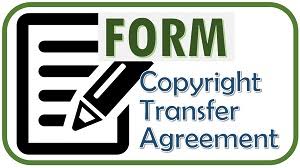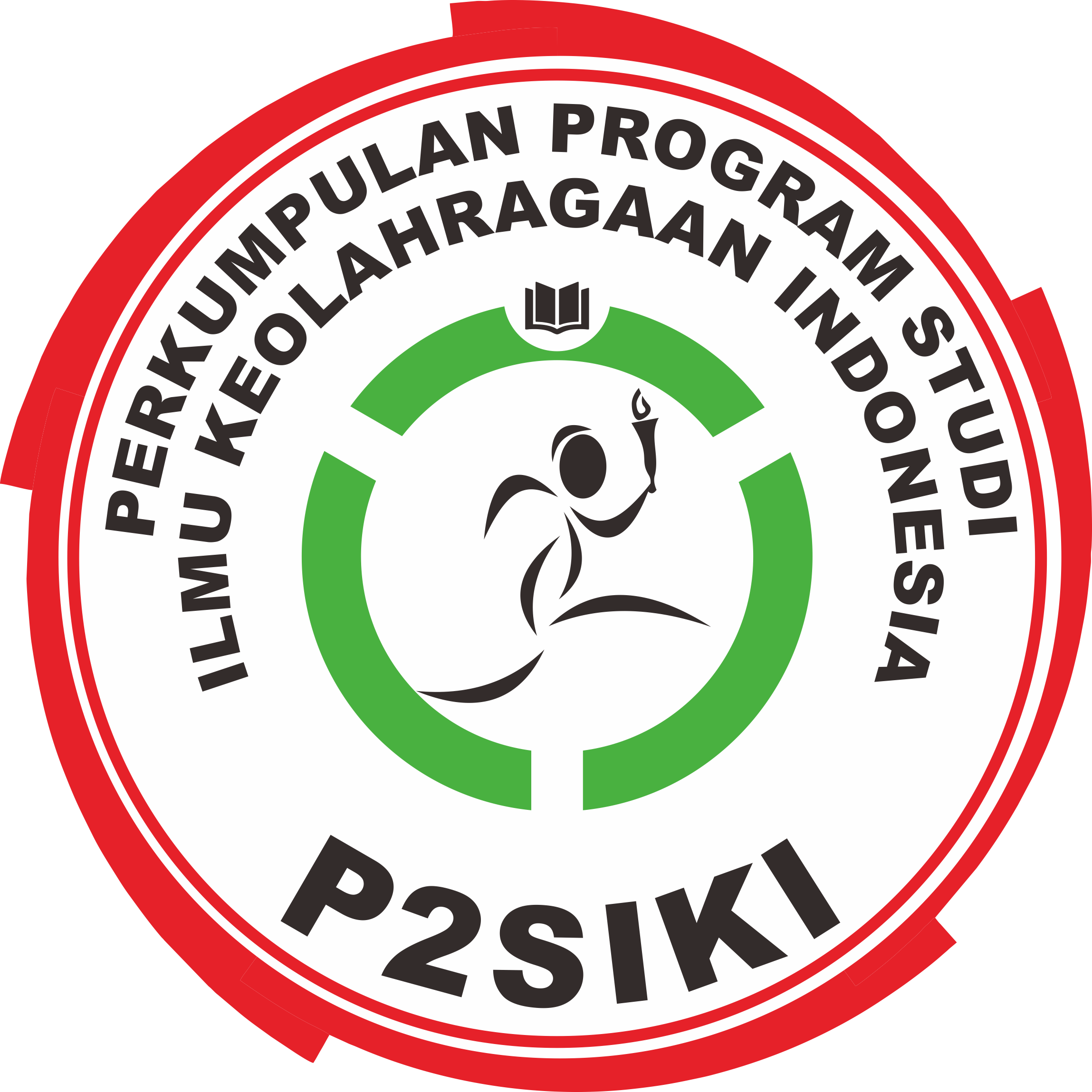The Assessment of Motor Performance Using Two Coordination Tests on Students with Cerebral Palsy- A Preliminary Study
(1) Faculty of Sport Science and Recreation, Universiti Teknologi Mara, Malaysia
(2) Faculty of Sport Science and Recreation, Universiti Teknologi Mara, Malaysia
(3) Faculty of Sport Science and Recreation, Universiti Teknologi Mara, Malaysia
(4) Faculty of Sport Science and Recreation, Universiti Teknologi Mara, Malaysia
(5) Faculty of Sport Science and Recreation, Universiti Teknologi Mara, Malaysia
(6) School of Education& Social Development, Universiti Malaysia Sabah, Malaysia
(7) Centre of Educational Studies & Modern Language, UUM College of Arts and Sciences, Universiti Utara Malaysia, Malaysia
Abstract
A regular physical activity has benefits on motor performance among student with cerebral palsy. In this study were investigating the assessment of motor
performance on eye-hand coordination and lower-body coordination between cerebral palsy. A total of 21 male and female students (n = 21) were involved from Penang Spastic Center. The anthropometrics were measured height and weight and two motor performance test were conducted namely target Throwing with Ball in Basket and AAHPERD ball-changing Zigzag Run Test. All the data were analyzed using SPSS and presented as mean of (± SEM). The mean age of all subjects were 18.00 ± 3.61 years old ranging from 12 – 24 years old. The majority of the subjects were Chinese 53%, followed by Malays 33.3% and 14% Indian. The mean value height and weight of all subjects were 150.1± 32.4 m and 59.9 ± 15.51 kg. The mean value for Target Throwing with Ball in Basket 0.90 ± 0.436 and AAHPERD Ball-changing Zigzag Run Test 0:01:22.19 ± 0:00:24.836 minutes. The test shows they are not much difference in upper and lower body coordination. However, on this studies are found people with cerebral palsy were low level on motor performance. Thus, more study on the designing and implementation of physical on motor performance program for people with cerebral palsy should be conducted in order to increase their physical performance level.
Keywords
Full Text:
PDFReferences
Bax, M. C. 1964. Terminology and classification of cerebral palsy. Development medicine and Child Neurology 6: 295-307.
Brenda McGibbon, Lamni & Mary Law. 2003. The Canadian Journal of Occupational Therapy. Ottawa:
,5:285.
Brown JK, Rodda J, Walsh EG, Wright GW. 1991. Neurophysiology of lower-limb function in hemiplegic children. Dev Med Child Neurol.;33:1037–1047.
Campbell J, Ball J. Energetics of walking in cerebral palsy. Orthop Clin North Am 1978;9:374 –377.
Case-Smith J. Allen AS & Pratt PN. 1996. Occupational Therapy for Children. (3 Ed). Toronto, ON: CV Mosby.
Claassen A.O.M, Gorter, J.W, Stewart, D, Verschuren, O., Galuppi, B.E & Shimmell, L.J. 2011. Becoming
and staying physically active in adolescents with cerebral palsy: protocol of a qualitative study offacilitators and barriers to physical activity. BMCPediatrics, 11:11:1471-2431.
Damiano DL, Vaughan CL, Abel MF. 1995. Muscle response to heavy resistance exercise in children with spastic cerebral palsy. Dev Med Child Neurol.;37: 731–739.
Du Rant RH, Baranowski T, Rhodes T, et al. 1993. Association among serum lipid and lipoprotein concentrations
and physical activity, physical fitness, and body composition in young children. J Pediatr.;123:185–192.
Ekblom B & Lundberg A. 1968. Effect of physical training on adolescents with severe motor handicaps. Acta Paediatrica Scandinavia, 57:17-23.
Elder GC, Kirk J, Stewart G, et al. 2003. Contributing factors to muscle weakness in children with cerebral palsy. Dev Med Child Neurol.;45:542–550.
Engsberg JR, Ross SA, Olree KS, Park TS. 2000. Ankle spasticity and strength in children with spastic diplegic cerebral palsy. Dev Med Child Neurol.;42:42–47.
Ferrari, and Adriano. 1995. Cerebral palsy. World Health, 48, 22-23.
Hoofwijk M, Unnithan V, Bar-Or O. 1995. Maximal treadmill performance in children with cerebral palsy. Pediatr Exerc Sci.;7:305–313.
Lai, A. M., Stanish, W. D., and Stanish, H. I. 2000. The young athlete with physical challenges. In M. D.
Little, J. (1996). Cerebral palsy and sports. The Exceptional Parent (On-line), 26, 53-55. Available: http://
www.proquest.com.
Miller and L. J. Micheli (Eds.), Pediatrics and adolescent sports injuries: Diagnosis, management
and prevention. (pp. 793-822), Philadelphia: W. B. Saunders.
Miller, D. K. (2002). Measurement by the physical educator: Why and How. (4 ed.). New York: McGrawHill. th
Newell KM. (1998). Practice of a precision isometric grip, force task by children with spastic cerebral palsy. Development medicine & Child neurological, 40: 464-473.
Nashner LM, Shumway-Cook A, Marin O. 1983. Stance posture control in select groups of children with cerebral palsy: deficits in sensory organization and muscular coordination. Exp Brain Res.;49: 393–409.
Rimmer JH. 2005. The conspicuous absence of people with disabilities in public fitness and recreation
facilities: lack of interest or lack of access? Am J Health Promot.;19:327–329, ii.
Rosenbaum P, Paneth N, Leviton A, et al. 2007. A report: the definiton and classification of cerebral palsy April 2006. Developmental Medicine & Child Neurology.;109:8-14.
Rose J, McGill KC.(2005). Neuromuscular activation and motor-unit firing characteristics in cerebral palsy. Dev Med Child Neurol.;47:329–336.
Rose J, Morgan DW, Gamble JG. 2006. Energetics of walking. In: Rose J, Gamble JG, eds.Human Walking. Philadelphia, Pa: Lippincott Williams:77–102
Rogers, H., Saklofske, DH. 1985. Self-concepts, locus control and performance expectations of learning
disabled children. Journal of learning Disabilities, 18, 273-278.
Sandstrom K, Alinder J, Oberg B. 2004. Descriptions of functioning and health and relations to a gross motor
classification in adults with cerebral palsy. Disability & Rehabilitation. September 2;26(17):10231031.
Sanger TD, Chen D, Delgado MR, et al. 2006. Definition and classification of negative motor signs in childhood.
Pediatrics.;118:2159–2167.
Sanger TD, Delgado MR, Gaebler-Spira D, et al. 2003. Classification and definition of disorders causing hypertonia in childhood. Pediatrics.;111:e89–e97
Stanley, F. J., and Watson, L. (1985). Methodology of a cerebral palsy register: the Western Australia experience. Neuroepidemiology 4: 146-160.
Stackhouse SK, Binder-Macleod SA, Lee SC. 2005. Voluntary muscle activation, contractile properties, and fatigability in children with and without cerebral palsy. Muscle Nerve.;31:594–601.
Strong WB, Malina RM, Blimkie CJ, et al. 2005. Evidence based physical activity for school-age youth. J Pediatr.;146:732–737
Tolfrey K, Campbell IG, Jones AM. 1999. Selected predictor variables and the lipidlipoprotein profile of prepubertal girls and boys. Med Sci Sports Exerc.;31:1550–1557.
Unnithan VB, Dowling JJ, Frost G, Bar-Or O. 1996. Role of co-contraction in the O2 Cost of walking in children with cerebral palsy. Med Sci Sports Exerc.;28:1498–1504
Winne, PH., Woodlands MJ. & Wong BY. 1982. Comparability of self concepts among learning disabled, normal and fitted students. Journal of Learning Disabilities, 15, 470-475.
Wiley ME, Damiano DL. 1998. Lower-extremity strength profiles in spastic cerebral palsy. Dev Med Child Neurol. 1998;40:100–107.
Williams DP, Going SB, Lohman TG, et al. 1992.Body fatness and risk for elevated blood pressure, total cholesterol, and serum lipoprotein ratios in children and adolescents. Am J Public Health.;82:358–363.
Refbacks
- There are currently no refbacks.
Published by:
Department of Sport Science, Universitas Negeri Semarang
Gd. F1 Lt. 1 FIK-UNNES, Jalan Raya Sekaran Gunungpati Semarang Indonesia 50229, Telp/Fax: (024) 8508007
This work is licensed under a Creative Commons Attribution 4.0 International License.




